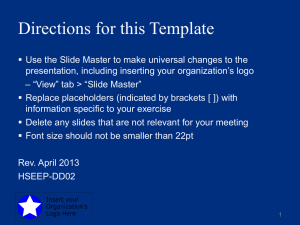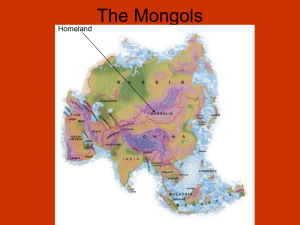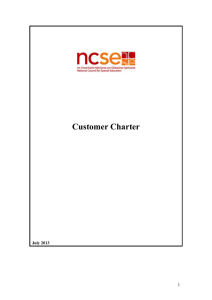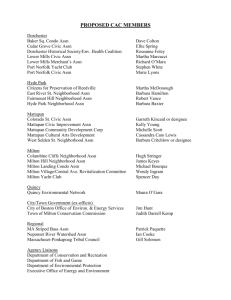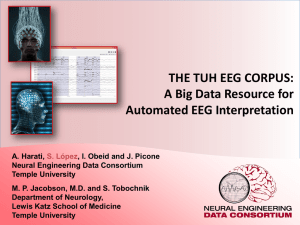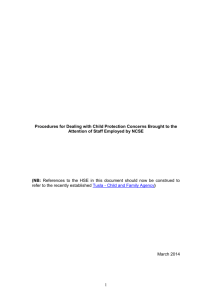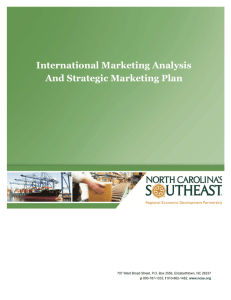STAT (Ememgent) EEGs
advertisement
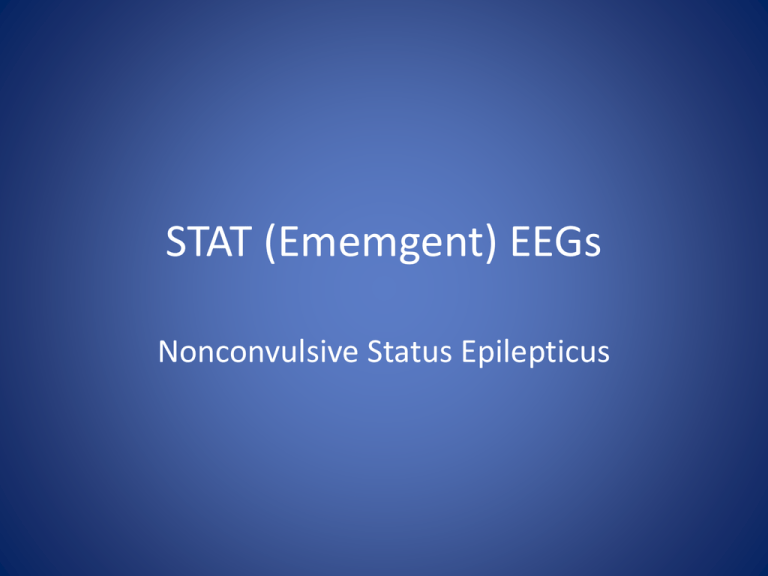
STAT (Ememgent) EEGs Nonconvulsive Status Epilepticus • Emergency – pathological condition which is life threatening or which can lead to organ failure requiring prompt treatment in order to avoid severe worsening and/or severe sequels Neurophysiologie Clinique 1998 STAT • From Latin statim - immediately Problems • Poor use of time and resources – Detriment of patients who really need stat procedures – Increased turnaround time of non-STAT procedures • • • • Staffing difficulties Increasing use of overtime Frustration and strain on staff and physicians STAT EEG is not like STAT EKG Benbadis 2008 • Performed emergently • Interpreted emergently • Acted upon emergently • 256 emegent EEGs (total 2798 EEGs) – Useful helped in diagnosis, therapy or exclusion of specific condition – Corroborative – Not useful Khan et al., Clin Neurophysiol 2005 • Epilepsy related indictions(status epilepticus and followup, recurrent seizures, nonconvulsive status) – 93% useful • Other conditions – 52.6% useful Khan et al., Clin Neurophysiol., 2005 • 111 consecutive eEEGs • Change in treatment – 37.8% Praline et al. 2007 • 32 emergent pediatric EEGs (1.8 % of total) • Useful in decision making 30/32 (94 %) • Neurologist approved all of studies Kothare et al. J Child Neurol 2005 Comparison of NCSE (12) and non-NCSE (36) • • • • • • • • Duration of symptoms Remote risk factors* Recent risk factors Tonic-clonic activity in current episode History of epilepsy Mental state/Glasgow coma scale* Ocular movement abnormalities* Subtle motor abnormalities Husain et al., JNNP 2002 Remote risk factors • • • • • Previous stroke Previous neurosurgery Tumor Dementia Meningitis Husain et al. JNNP 2002 Eye movement abnormalities • • • • Nystagmoid eye jerks Hippus Repeated blinking Persistent eye deviation Husain et al., JNNP 2002 Sensitivity (%) Specificity (%) Recent risk factors 75 28 Remote risk factors 75 58 Tonic-clonic activity 50 58 History of epilepsy 17 72 Ocular movement abnormalities 50 86 Subtle motor activity 75 44 Husain et al. JNNP 2002 • 78 emergent EEGs – 8 NCSE • Risk factors – History of epilepsy – Observed GTCS – Seizure-like motor activity R. Khan, J Natl Med Assn, 2001 • All patients (8) with NCSE had at least one risk factor • 35 patients had at least one risk factor • 43 patients had no risk factors – none had NCSE R. Khan et al, J Natl Med Assn,2001 Seizure like motor activity • • • • • Myoclonus Nystagmoid eye movements Eyelid fluttering Conjugate eye deviations Focal or multifocal twitching of the extremities R. Khan, J Natl Med Assn, 2001 Patients with “seizure like” motor activity • 10 – EEG slowing (nonspecific) • 1 - NCSE R. Khan, J. Natl Med Assn HUP study • 152 patients to characterize specific events – Seizure incidence 31% • 363 patients with altered mental status – Seizure incidence 29% • Majority of movements in ICU are nonepileptic • Facial and eye twitching high correlate with seizure activity • 52 cEEG studies for “possible seizures” • 14 (27%) had epileptic seizures • 38 (73%) had non-epileptic events – Tremor – Myoclonus – Slow semi-purposeful movements – Miscellaneous Benbadis, Epilepsia, 2010


